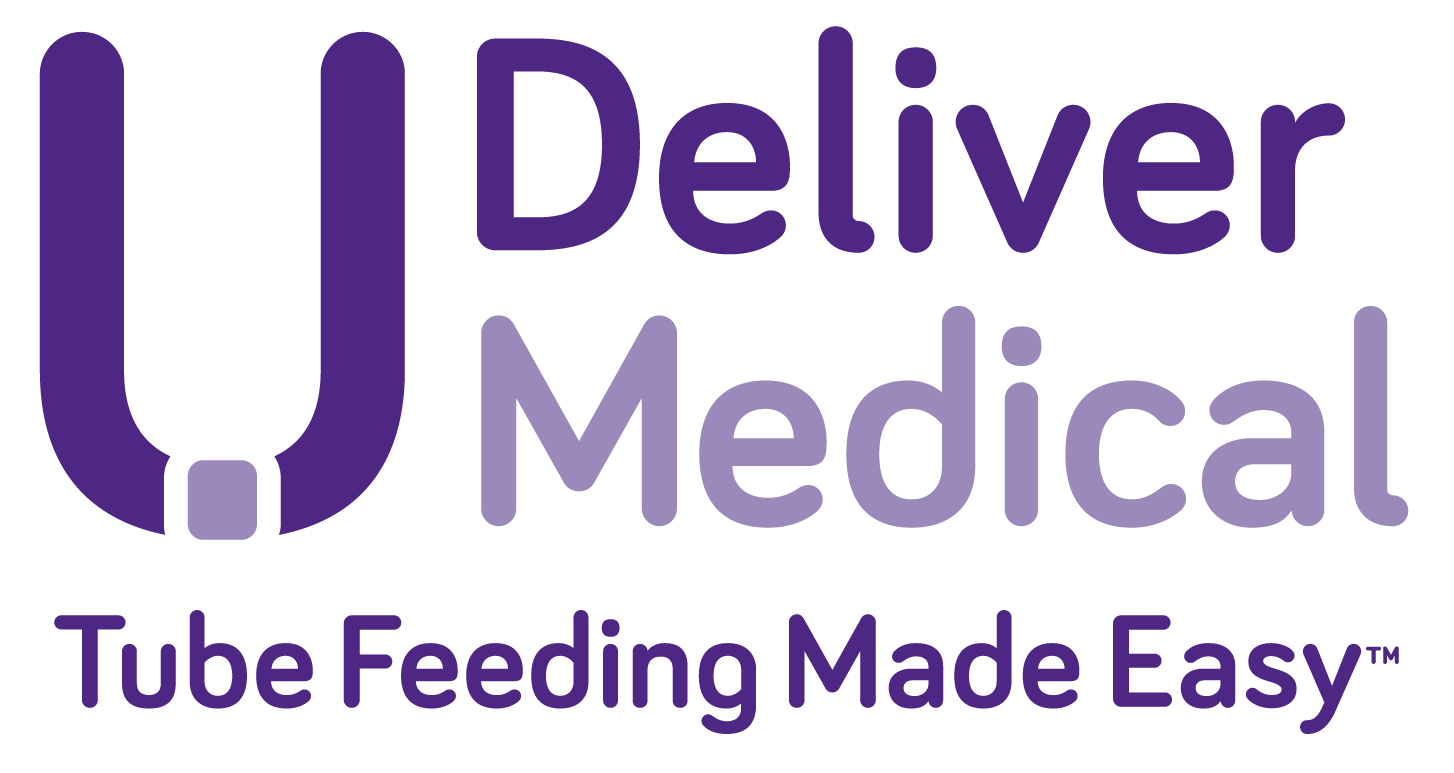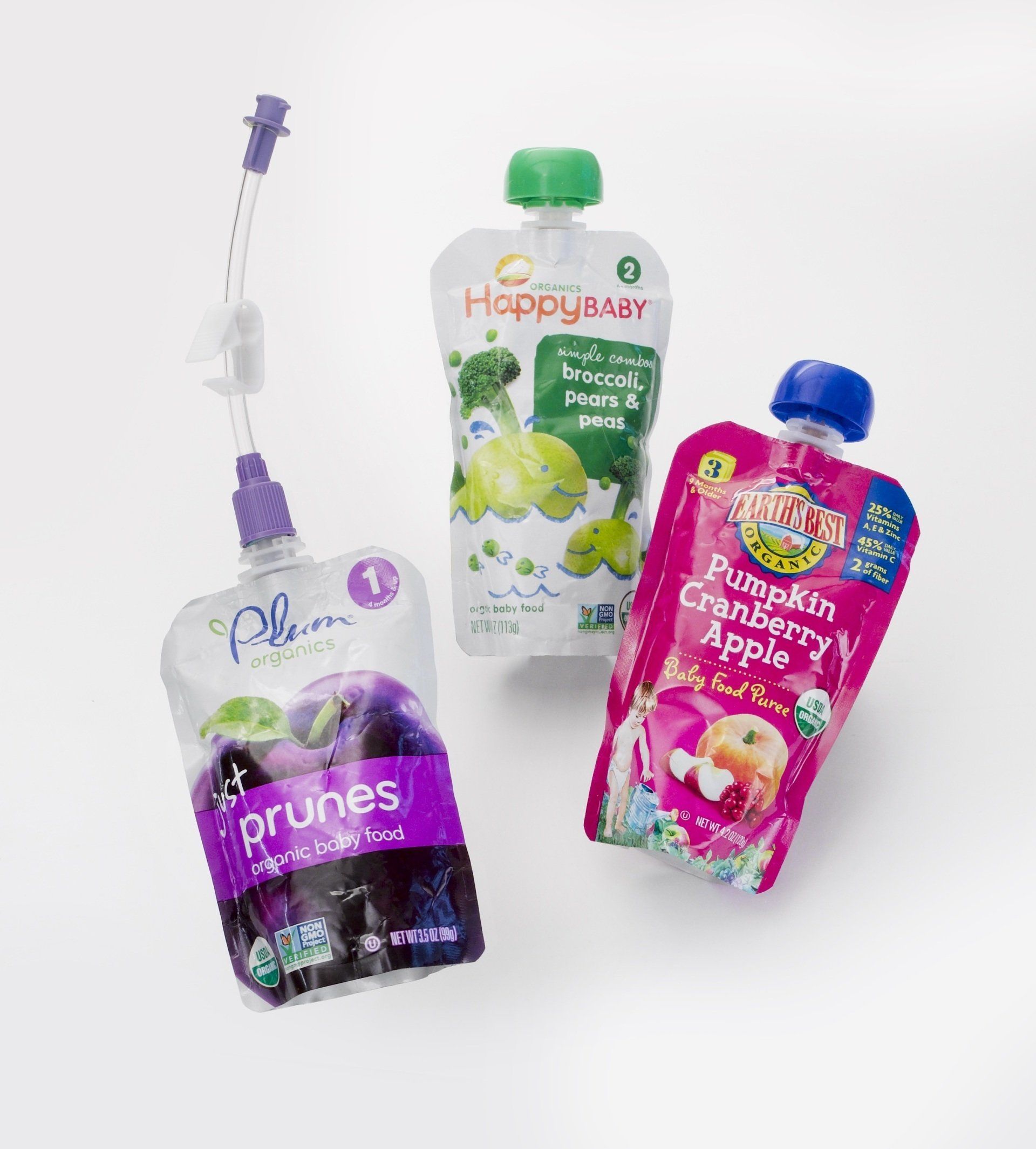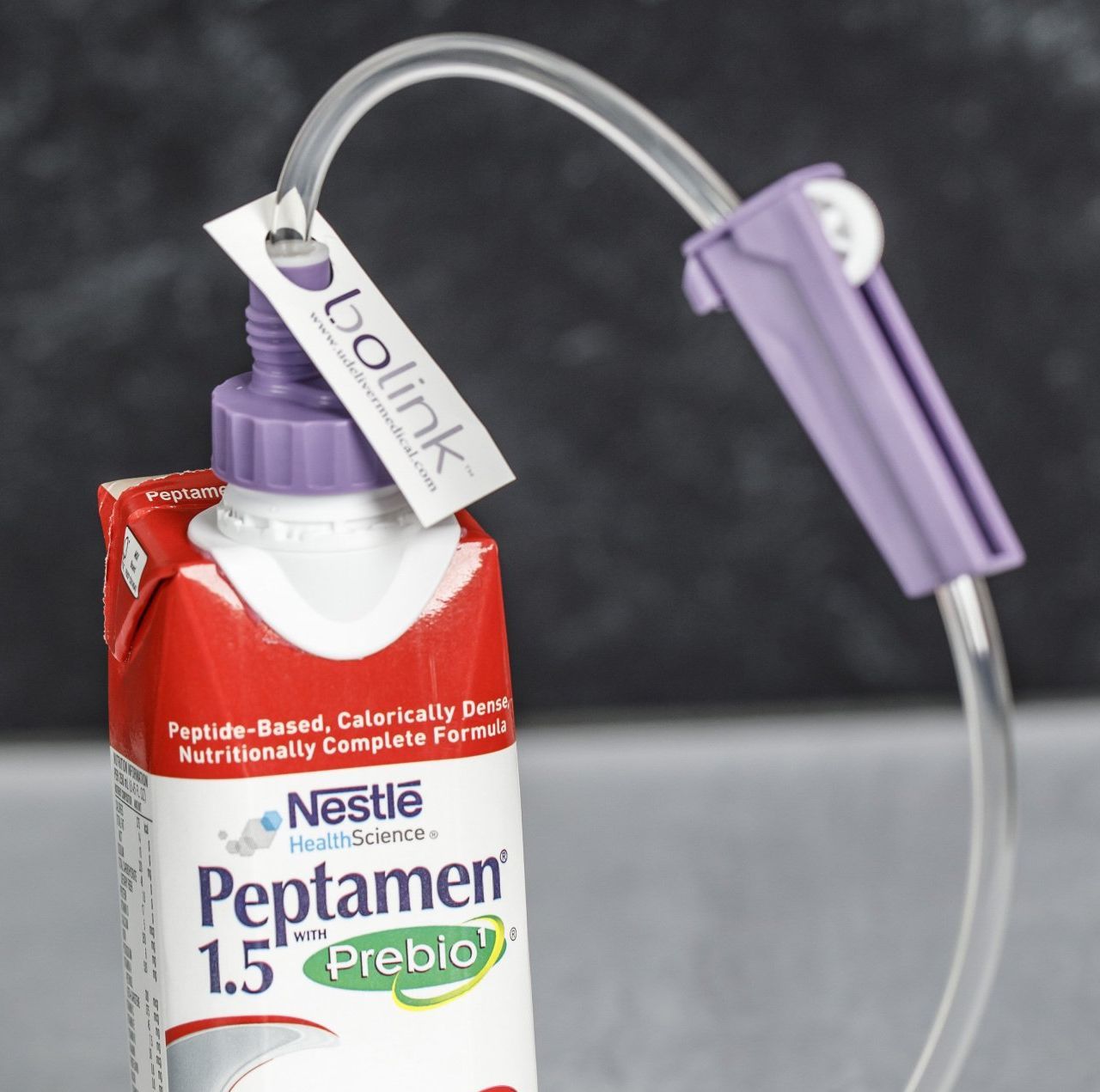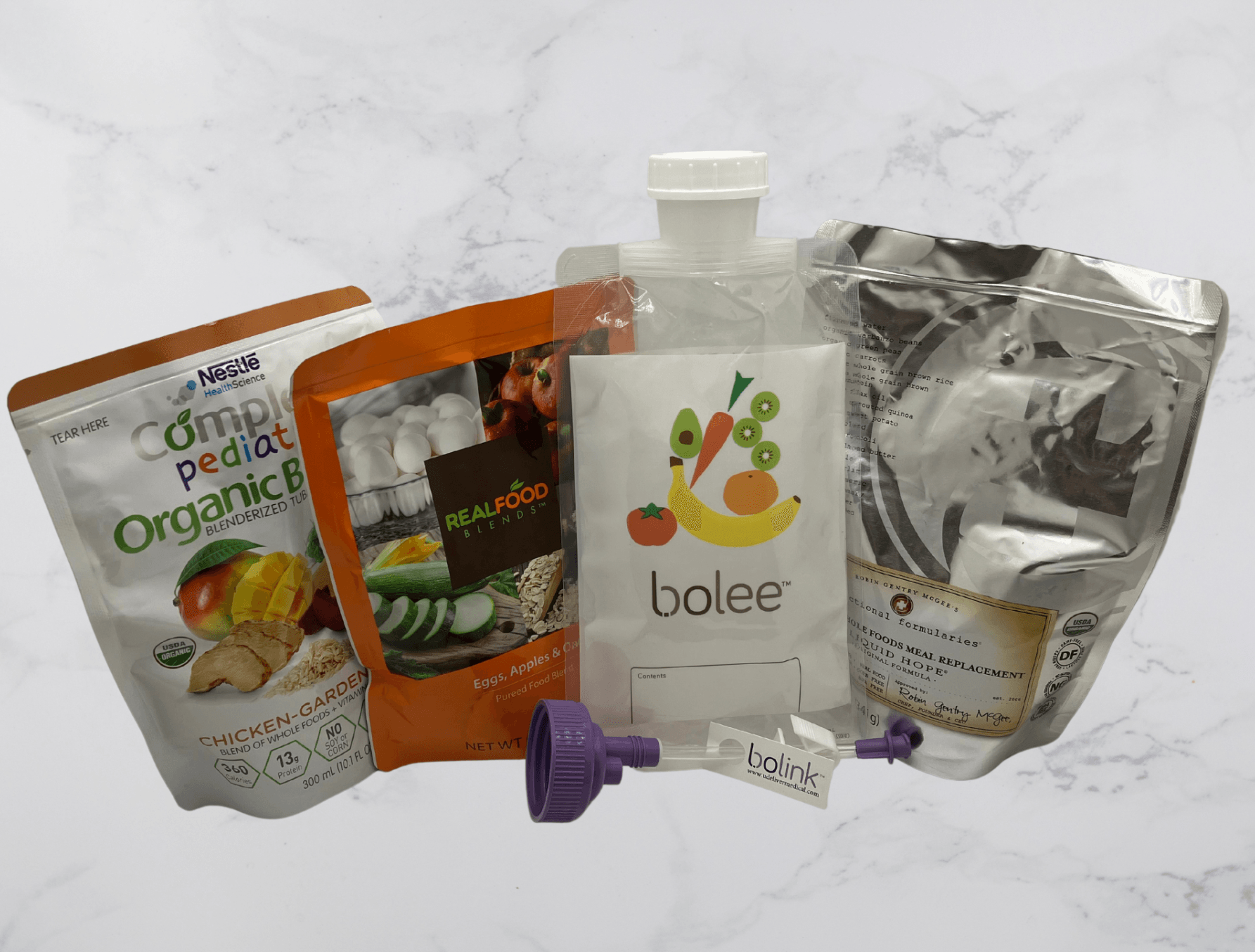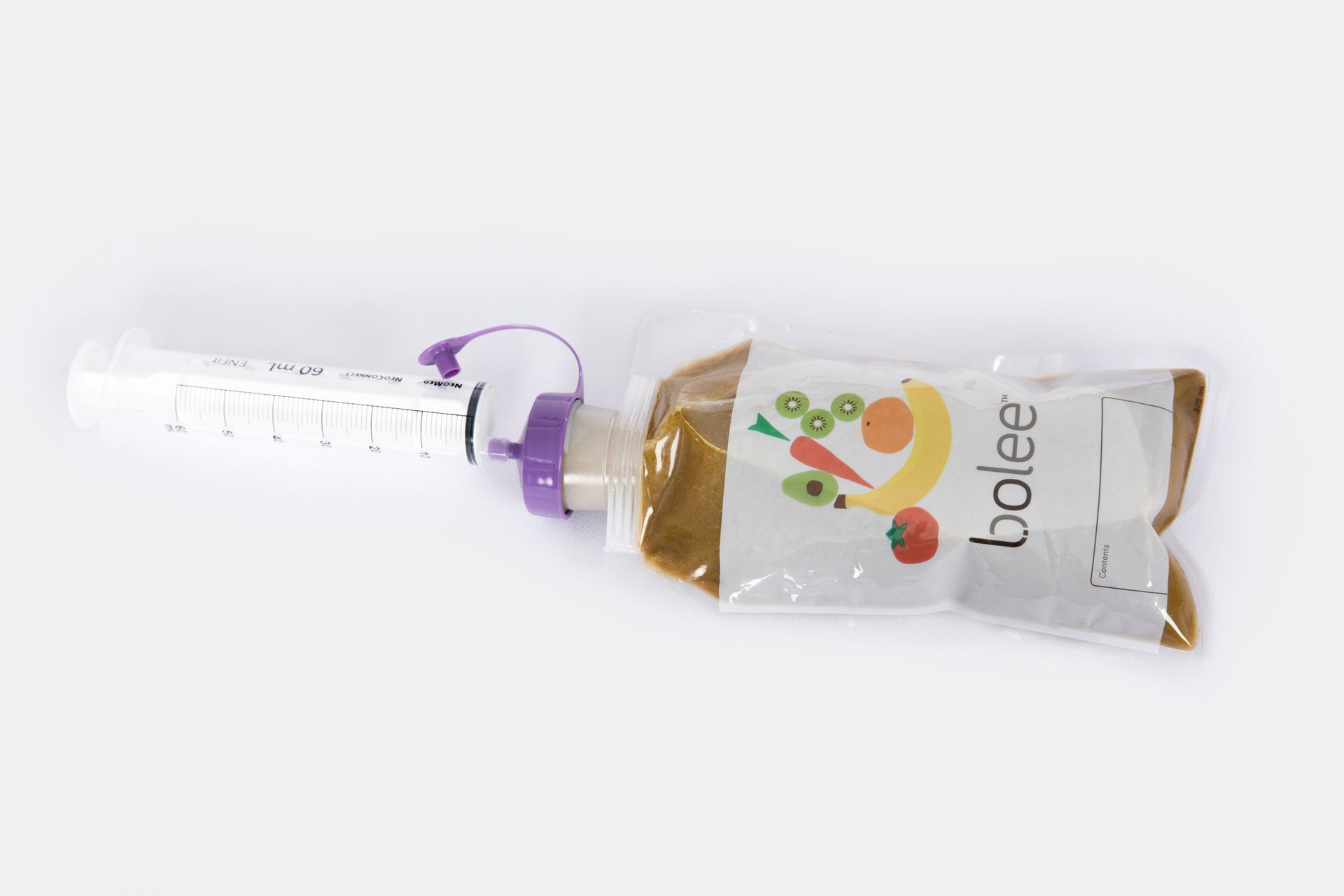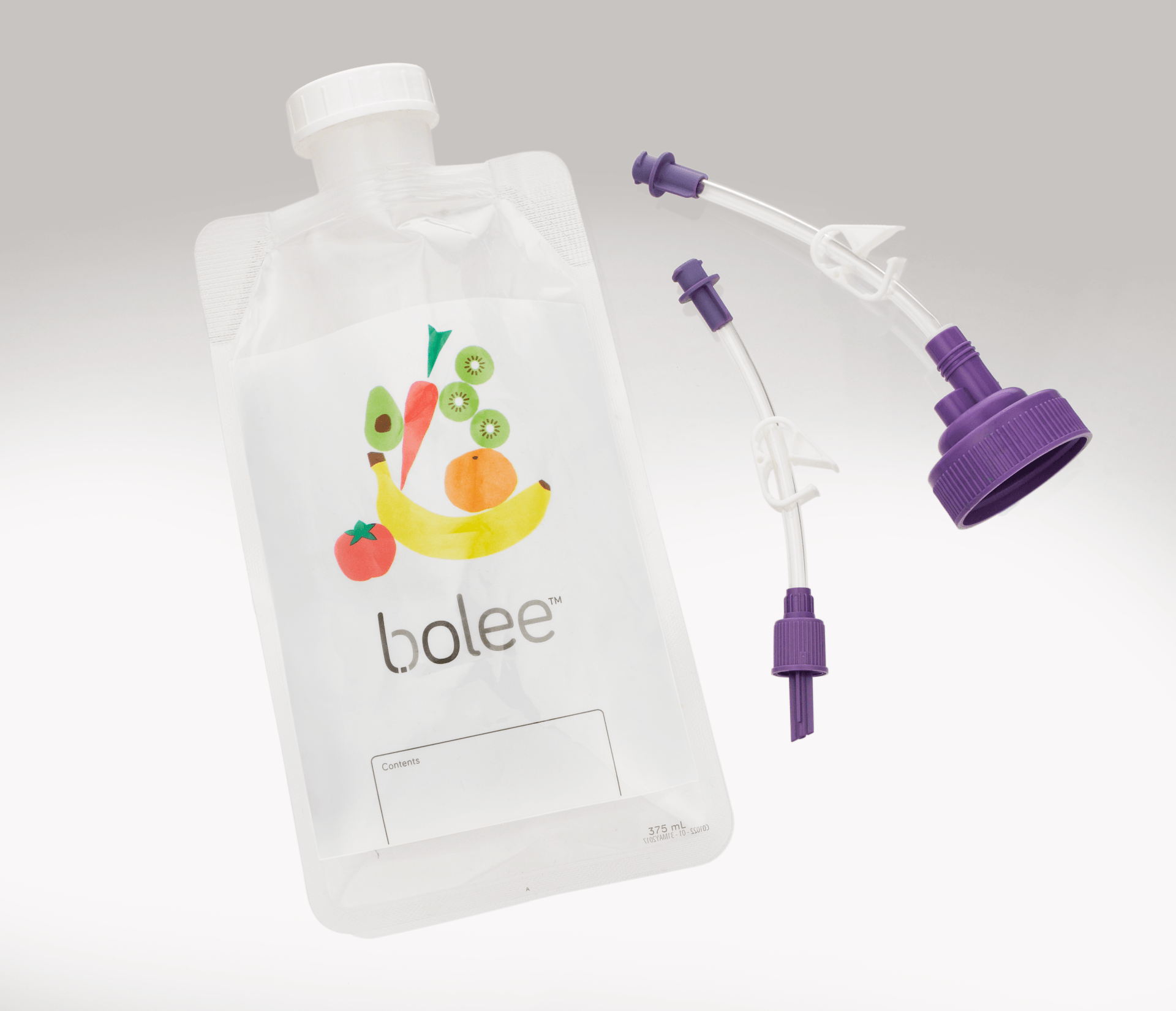What is ENFit?
Background
Medical product connections have long been a concern in hospitals. Picture yourself as a nurse in a darkened patient room, or a parent taking care of a complex child at home. One of the machines connected to the patient alarms. You’re tired because it’s the middle of the night and it’s the fifth time something’s alarmed, but you have to check the equipment to stop the alarm. You keep the lights low to keep from waking the patient, making it difficult to see. You start to adjust connections of the multiple tubes attached to the patient and the equipment until you find the one that shuts off the alarm.
You’re positive that you have reconnected everything correctly and leave. If you’re the nurse, you move on to the next patient. If you’re the parent, you collapse in a chair thankful for a moment of rest. Ten minutes later a new alarm goes off. You check on it only to find out that you made a mistake. The connections you made were wrong, and the patient got sicker…or worse yet, died.
Sound far fetched? It happens more often than you think.
A Little History
Since the early 2000s, doctors, nurses and patients have called attention to the threat of misconnections. This patient safety concern rose to new heights when California passed a law in 2012 that required dedicated enteral connectors (ENFit) be used in health facilities (hospitals, nursing homes, or patient care centers) by July 1, 2016. If a health facility does not use enteral specific connectors they will be charged with a misdemeanor. The catch was that facilities could not use enteral specific connectors if they did not exist. That issue pushed the enteral industry manufacturers to create a new connector design that was a standard, rather than everyone creating their own design.
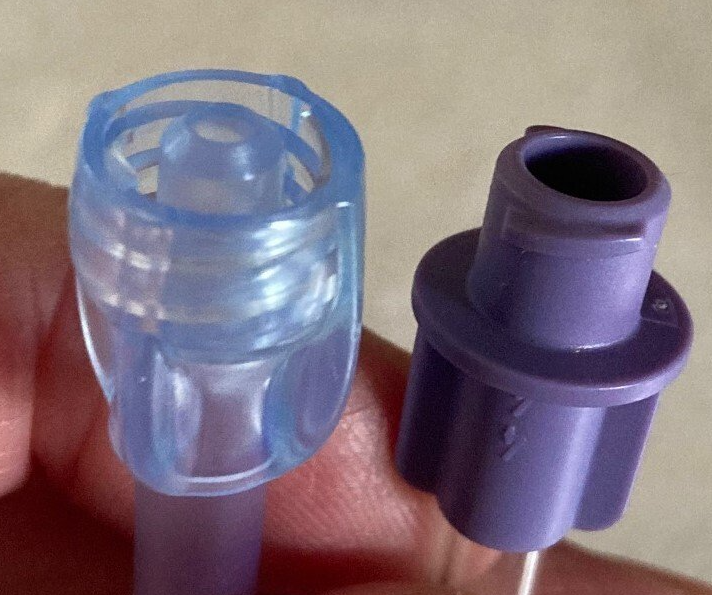
The enteral nutrition industry, comprised of nutrition manufacturers, medical device manufacturers, component suppliers and distributors, came together with clinicians, caregivers and the Food and Drug Administration (FDA) to design a dedicated enteral connector that minimized misconnections without greatly reducing the flow of nutrition.
The International Standards Organization (ISO) also got involved to make sure the new design standard, 80369-3,that was developed and was approved through a world-wide process. This lead to the creation of the ENFit connector. Even though ENFit is a global standard, it is unlikely that it would have been created if California had not passed that law.
In addition to enteral nutrition connectors, new standards were created for connectors in these systems:
Respiratory products
Urology products
Blood pressure cuffs
Neuraxial devices including epidural and regional anesthesia devices
I.V. catheters and hypodermic needles that use existing Luer connectors
By the time all of the related products have new connectors in place, it will be very difficult for
a misconnection to occur. It won’t be 100% foolproof, as there are some products without specific connector design standards (like tracheostomy tubes), but the chances of a misconnection are greatly reduced.
Now everyone is asking the same question: I know misconnections can happen, but if I live at home with a feeding tube and take care of it myself, why do I have to switch? Great question. You don’t have to as long as your doctor and the medical supply companies you work with are willing to supply the existing funnel style feeding tube and the manufacturer continues to make it. At the time of writing this post, manufacturers continue to make feeding tubes with funnels, and an adapter exists to make an ENFit tube feeding administration set or syringe work with a funnel extension set or feeding tube.
Keep in mind though that if you have a feeding tube without ENFit and end up in a hospital, your risk for harm due to a misconnection increases. Plus, if the hospital has converted to ENFit, there could be a delay in feeding you because they no longer use the old system.
Why are Some Home Tube Feeders Unhappy With ENFit?
The first reason is change. No one likes to be forced to change, especially when you have been doing something one way for a long time. Communication around the implementation of ENFit products and the lack of clarity on timing has created a lot of confusion.
One month you get your normal supply of tube feeding delivery products, and then the next month all of your products have switched to ENFit. Who wouldn’t be confused by that?
Another reason for complaints is that the ENFit opening is slightly smaller than the original stepped connector (also called a Christmas tree).
The ENFit connector is slightly smaller than the stepped connector, but if you use commercial nutrition or blend your own nutrition to a thin consistency, you shouldn’t have any flow issues.
If you use a low profile button feeding tube, the ENFit connector is larger than the connection to your low profile feeding tube.
Is There A Silver Lining?
For all of you bolus tube feeders, how many times have you pushed the plunger too hard and had your food go all over the floor, walls, ceiling or worse yet – a friend?
For all of you overnight pump tube feeders, how many times have you woken up to find the set disconnected from the tube and a bed full of tube feeding nutrition (also known as feeding the bed)?
The silver lining of ENFit is that it has a screw connection, so accidental disconnections and the messes they create are less likely to happen. All of the bFed System products have the ENFit connector. Learn more here
In the long run, lowering the risk of misconnection is everyone’s goal. Whether it is accomplished through ENFit or some other dedicated design, tube feeding will be safer for patients and caregivers everywhere.
Here are some more resources if you want to learn more:
The post What is ENFit? appeared first on bFed System.
